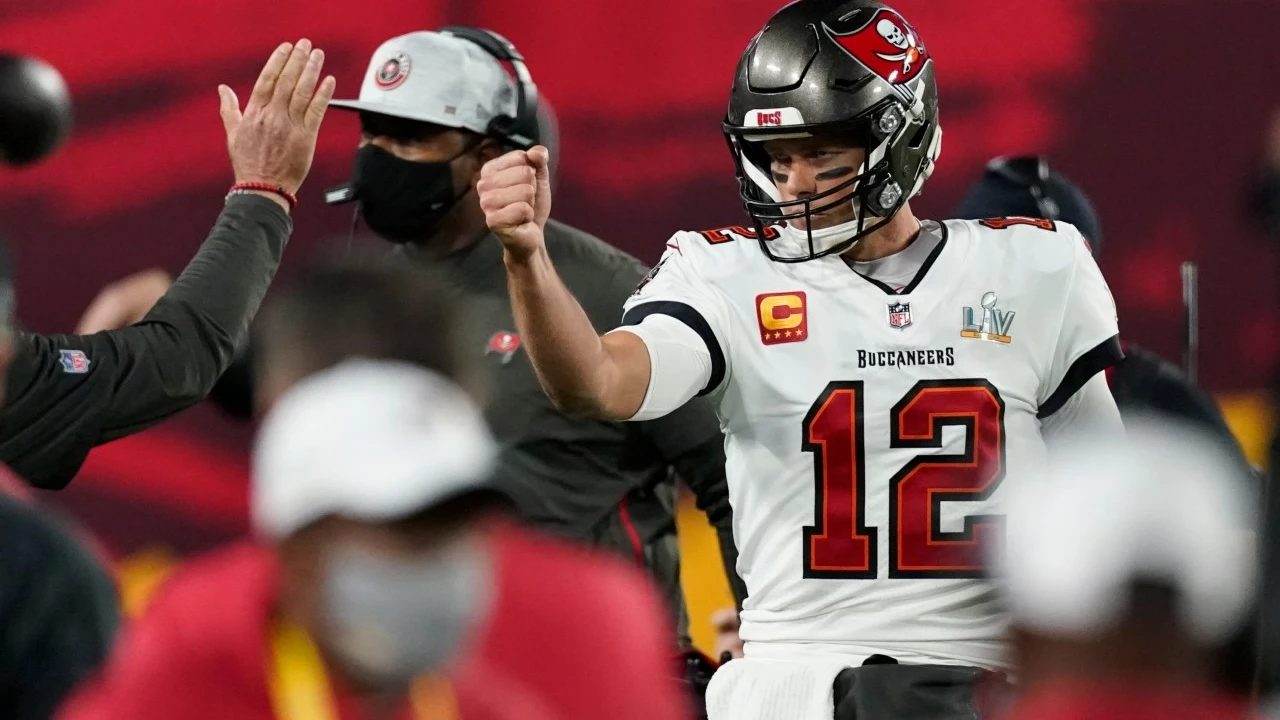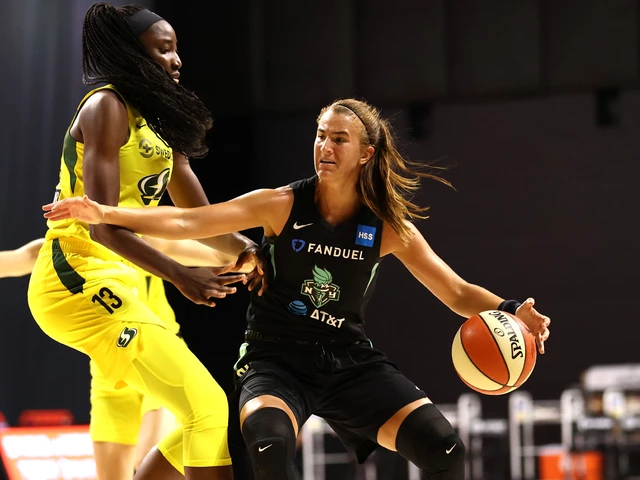How the Selection Process Works in Sports
Ever wondered why some clubs always land top talent while others struggle? The answer lies in a clear, step‑by‑step selection process. It starts long before a player signs a contract and ends when the coach decides who wears the jersey on match day.
Scouting and Data Gathering
First, clubs send scouts to watch games, training sessions, and even street tournaments. These scouts make notes on speed, technique, attitude, and how a player fits a team’s style. Modern clubs complement those notes with data from video analysis tools, GPS trackers, and performance metrics. The goal is to build a solid picture of a player’s strengths and weaknesses.
While raw numbers are useful, clubs also look for intangibles: leadership, work ethic, and how a player reacts under pressure. Teams often interview a player’s former coaches or teammates to gauge personality. This mix of stats and human insight helps narrow down a huge talent pool to a manageable shortlist.
Trials, Interviews, and Medical Checks
Once a shortlist is ready, the club invites players for trials. During a trial, coaches watch how well a player adapts to the squad’s tactics and training intensity. Simultaneously, the club’s medical staff runs health screenings to catch any hidden injuries. A missed injury can cost a team dearly later in the season.
Interviews are the next step. They’re not just about salary expectations; they reveal whether a player’s career goals align with the club’s vision. A player who wants to develop into a leader will thrive better in a team that values growth.
After trials and interviews, the club creates a final report for the decision‑makers. This report combines scouting notes, data analytics, trial performance, and medical results. It’s the blueprint the coach uses to decide if the player earns a contract.
When the coach signs off, the club negotiates terms, signs the contract, and announces the new signing. But the work doesn’t end there. The player now goes through an onboarding program that includes tactical briefings, fitness plans, and team‑building activities. This ensures the new recruit integrates smoothly and contributes quickly.
Understanding this process helps fans see why a club might pass on a flashy youngster or invest heavily in a less‑known but reliable midfielder. It’s not just about talent; it’s about fit, health, and long‑term value.
By following these steps—scouting, data analysis, trials, medical checks, and final approval—clubs maximize their chances of building a strong, cohesive squad. Whether you’re a budding player, a coach, or a curious fan, knowing the selection process gives you a clearer view of how the best teams stay on top.





